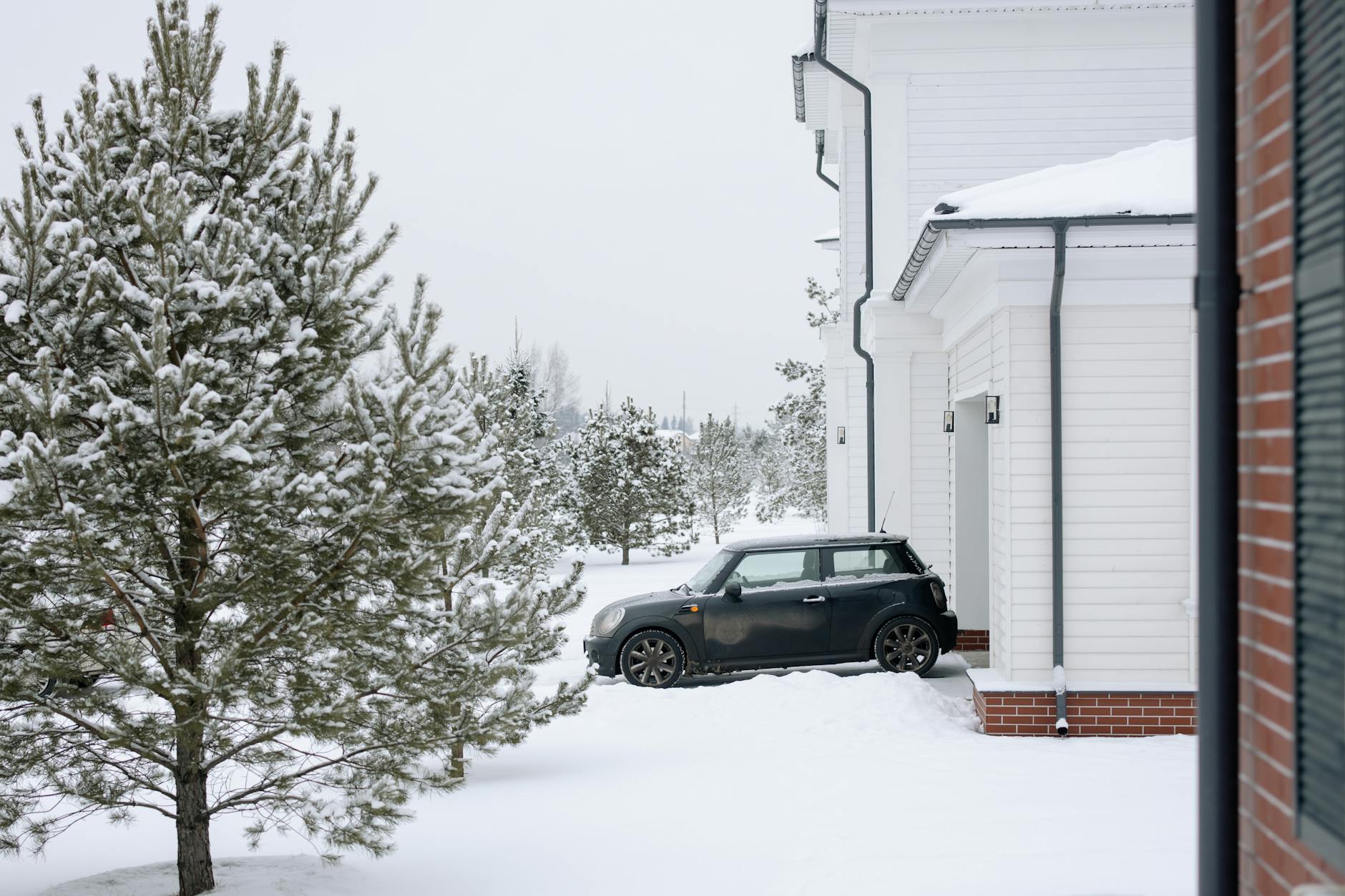Auto Glass 101: See Through the Hype!

When it comes to maintaining your vehicle, understanding the essentials of auto glass is crucial for ensuring your safety on the road. Often overlooked, auto glass does more than just provide a clear view; it is an integral part of the vehicle's structural integrity. In this guide, we're cutting through the noise to bring you clear, expert insights. Here’s everything you need to know about auto glass, from safety tips to repair advice.
Understanding Auto Glass
Auto glass is designed to withstand tough conditions, but it’s not indestructible. There are two main types of glass used in vehicles:
- Laminated Glass: Typically used for windshields, laminated glass is made by bonding two sheets of glass with a layer of polyvinyl butyral (PVB) in between. This design prevents the windshield from shattering on impact.
- Tempered Glass: Used for side and rear windows, tempered glass is heat-treated to increase its strength. Upon breaking, it shatters into small pebbles instead of sharp, jagged pieces.
Safety Tips for Auto Glass
Regular Inspections
- Check for Damage: Regularly inspect your auto glass for any cracks, chips, or signs of wear and tear. Even small imperfections can expand and compromise the integrity of the glass.
- Maintain Visibility: Keep your glass clean to maintain visibility. Built-up grime and dirt can obstruct your view and react with sunlight to create glare.
Safe Driving Practices
- Keep Distance: Avoid tailgating, especially on highways, as debris from vehicles can cause damage to your auto glass.
- Avoid Temperature Extremes: Exposing your auto glass to sudden temperature changes can increase the risk of cracks, especially if there are existing imperfections.
Repair or Replace?
Assessing whether to repair or replace your auto glass depends on several factors:
Repair
- A good rule of thumb for chip repair is the quarter rule: if the chip is smaller than a quarter, it can typically be repaired.
- Repairs are generally quicker and less expensive than replacements.
Replacement
- Cracks longer than a dollar bill usually require windshield replacement.
- Any damage within the driver's line of sight should be treated with a replacement to ensure optimal visibility and safety.
- Structural integrity is compromised if the frame is damaged; in such cases, replacement is necessary.
Choosing a Professional Service
When you require auto glass repair or replacement, it's essential to choose the right professional service:
- Certification: Look for technicians certified by the Auto Glass Safety Council (AGSC) to ensure they follow industry standards.
- Warranty: A reputable service should offer a warranty on their work.
- Quality Materials: Ensure high-quality glass and adhesives are used to maintain the safety standards of your vehicle.
DIY Repairs: Knowing Your Limits
While do-it-yourself kits are available for minor repairs, they often provide only a temporary solution. Understanding the limitations of DIY is key:
- Skill Level: Effective repairs require a certain level of skill and understanding of the materials being used.
- Tools: Professional auto glass technicians have specialized tools designed for proper installation and repair.
- Safety: Incorrect repairs can compromise your safety and the safety of your passengers.
Conclusion
Auto glass is more than just a transparent barrier; it's a critical safety feature of your vehicle. By staying informed and proactive about maintenance and repairs, you can drive confidently, knowing that you're looking through glass that's as secure and clear as possible. So don’t just see through the hype—learn what matters when it comes to auto glass, and take the right steps to protect yourself and your loved ones on the road.